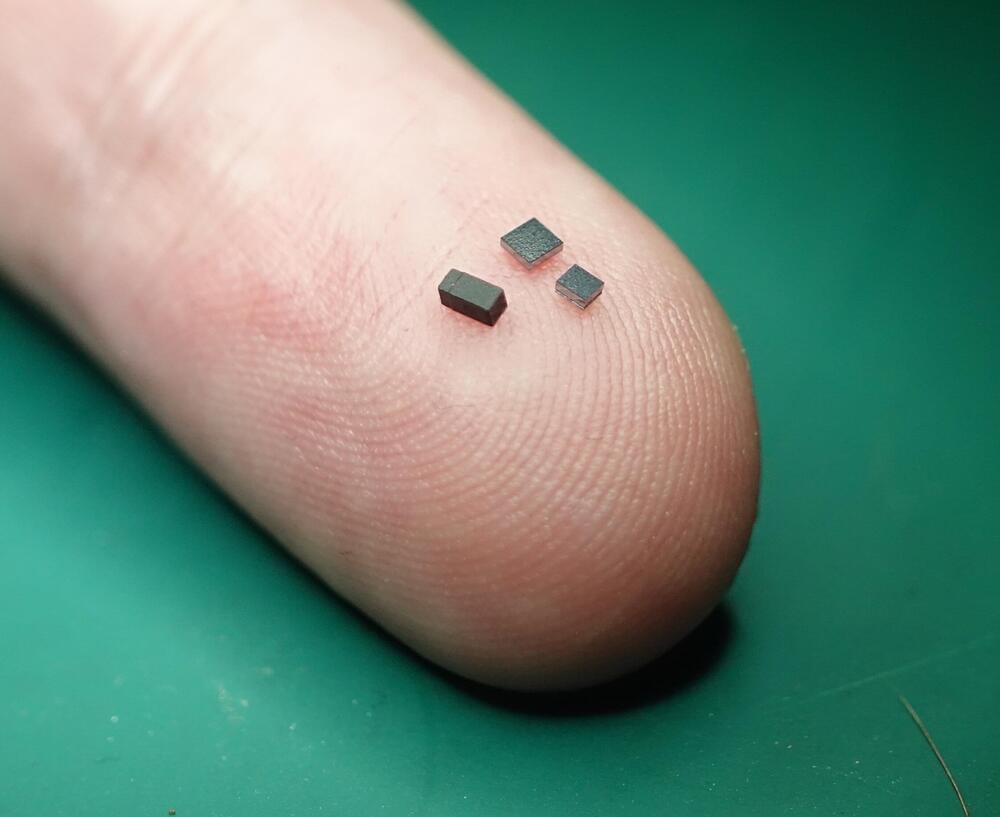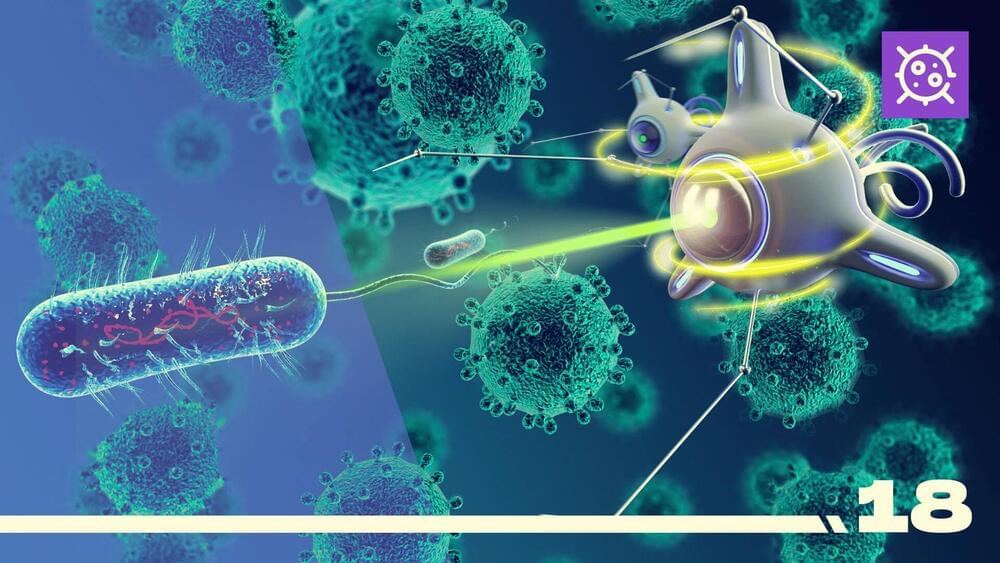
Light-weight and flying robots the size of small insects could have highly valuable real-world applications, for instance supporting search & rescue missions, inspections of hazardous sites, and even space exploration.
Despite their potential, the realization of these robots has so far proved difficult, particularly due to technical issues encountered when trying to stabilize their flight and artificially replicate the innate hovering capabilities of insects.
Researchers at University of Washington have recently developed a flight control and wind sensing system that could help to tackle this challenging robotics problem, finally enabling the stable flight of robots even as small as a gnat. This system, introduced in Science Robotics, is based on the use of accelerometers, a sensor that can measure the acceleration of any moving device, object or body.


















